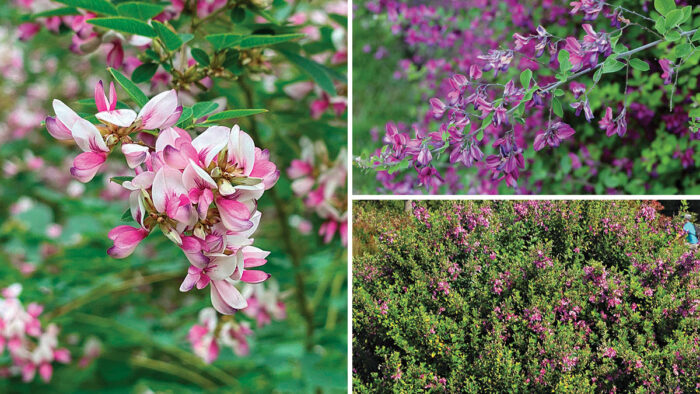
By the time August rolls around, I’m looking for something new in the garden to pique my interest. I’m not quite ready for fall plants to take their turn, so I appreciate that shrubby bush clovers (Lespedeza spp. and cvs., Zones 4–8) bridge the seasons, providing me with the jolt I need. My first real encounter with bush clover was years ago on a late-season visit to Olbrich Botanical Gardens in Madison, Wisconsin. There it was when I rounded a turn, draped in vibrant magenta flowers and tumbling into the path as if to say, “See what I can do.” I had clearly missed it on the same stroll in June when it was hiding in plain sight—a fine-textured, ample green bush—giving no hint of what was to come.
The two bush clover species most cultivated in gardens, shrub bush clover (Lespedeza bicolor and cvs.) and Thunberg bush clover (L. thunbergii and cvs.), are semi-woody plants that are treated like perennials—although their robust shrubby habits would never lead most gardeners to register them as such. In northern locales, the stems die back in winter but resprout to rapidly reach their full height in summer. Whether you view bush clover as a perennial or a shrub, remember that most need a good amount of space to do their thing; for instance, the popular cultivar ‘Gibraltar’ (L. thunbergii ‘Gibraltar’) grows 10 to 12 feet wide! But don’t fret if you garden in square feet and not acres, because there are also smaller options that are sure to please.
In late summer, small pealike flowers in an assortment of pinks clothe the bush clover cohort for about a month. Flowers are held in short pendent clusters in the leaf axils of the uppermost stems and collectively form prodigious floral sprays to at least 2 feet long. The weight of the copious flowers bows the stems, exaggerating the fountain-like habits. Heavy rainfall during peak bloom may overload the stems, causing them to bend close to the ground. Habits bounce back after the blooms and leaves dry out, but sometimes the stems may remain relaxed until the flowers have dropped.
At a glance
Lespedeza spp. and cvs.
• Zones: 4–8
• Conditions: Full sun; average to dry, well-drained soil
• Native range: Asia, Australia, North America
• Pests and diseases: No serious problems
• Propagation: Semi-hardwood and root cuttings, division, and seed
The trifoliate leaves are classically pealike too, with the three oval leaflets creating a finer texture than would a comparably sized simple leaf. The terminal leaves have a spidery look before they fully unfold, allowing the silvery undersides to stand out at this stage. Mature foliage ranges from green to bluish green, with new leaves often being silvery or yellowish; I’ve heard stories about fall color but have not seen it here in the Midwest.
Now that my eyes have been opened to the fabulousness of bush clovers, it saddens me that they are so uncommon in local landscapes. Battling against my desire to see bush clovers more often is the fact that they can be pests in parts of the country and should be avoided or used with caution. For me, it’s a treat whenever and wherever I find one in bloom. With an appreciative nod and silent kudos to the gardener, I file the location away for a revisit the next year.
Top-rated bush clovers with great color and form
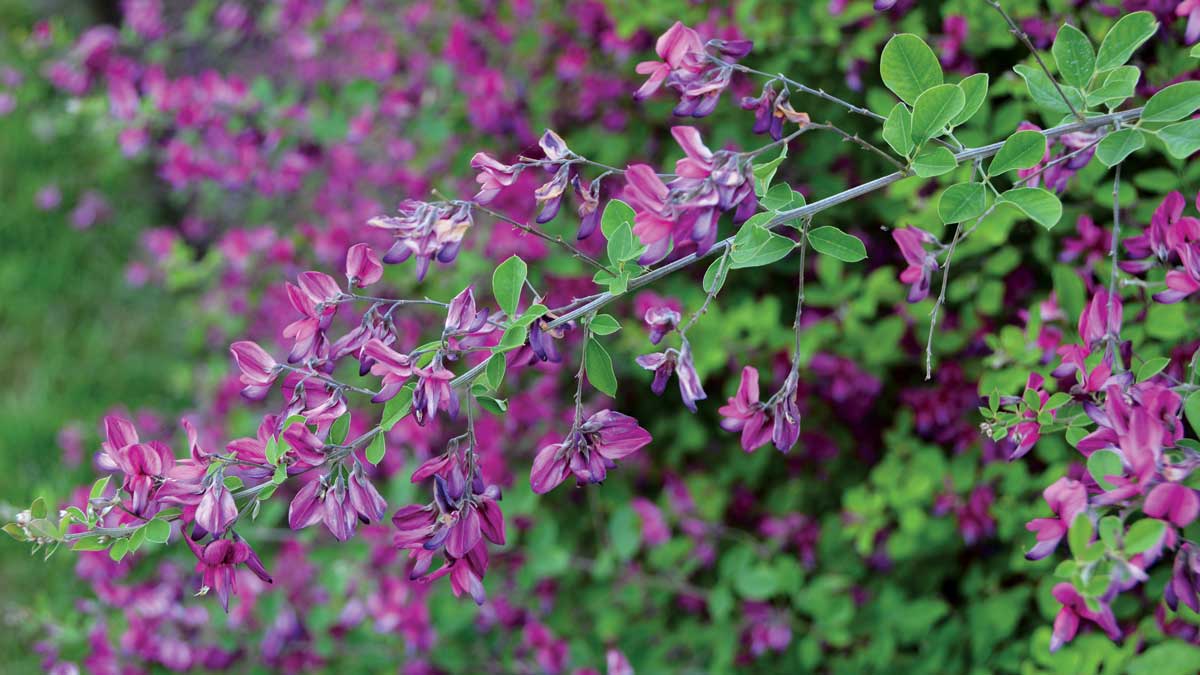
‘Samidare’
‘Samidare’ (L. thunbergii ‘Samidare’) and ‘Gibraltar’ were in a neck-to-neck race for best bush clover until ‘Samidare’ surged into the lead in the final years. While its lovely fuchsia-purple flowers are as plentiful as those of ‘Gibraltar’, each flower is slightly longer, a tad wider, and a bit darker. ‘Samidare’ received more evaluator remarks commending the superiority of its flower show and the uniformity of its habit, which was as bushy and robust as ‘Gibraltar’ but smaller overall. Before turning green, this selection’s young silvery leaves are a pleasing counterpoint to the dark bronze stems. Bowed stems on rainy days were less pronounced on ‘Samidare’, although it was just as prone to having its flowers stripped off by strong winds and intense rainfall. The winter skeletons of bush clovers are like living sculptures and are especially lovely overlaid with snow or encased in glistening ice.
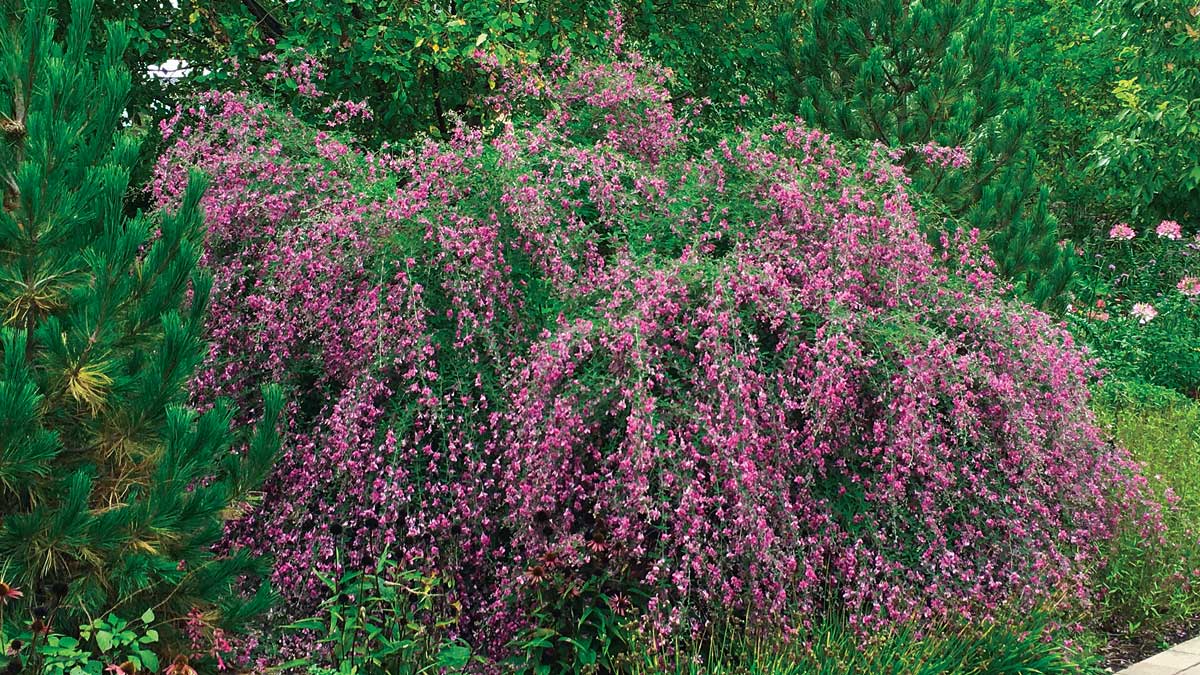
‘Gibraltar’
‘Gibraltar’ (L. thunbergii ‘Gibraltar’) is probably the most popular and best-known bush clover; it was the only shrubby one I knew until our trial. Bright, rosy pink flowers blanket its long arching stems for a solid month or more from late summer into fall. The flower show is spectacular by any standards and slightly exotic compared to that of other plants blooming at the time. The soft, fuzzy new leaves have a silvery sheen for a time before turning blue-green and are of a finer texture than the foliage of ‘Gempei’. Its habit is most comparable to ‘Samidare’, albeit larger. Ironically, although ‘Gibraltar’ was selected for its shorter stature, its bushy uniform habit was the largest of all. I wish there wasn’t a downside to this cultivar, but rainwater collects among the thousands of flowers and leaves, pulling stems downward more than usual. Still, recovery is good if rain doesn’t persist for multiple days. Growing ‘Gibraltar’ on a hillside or above a wall accentuates the cascading effect of its pendulous branches.
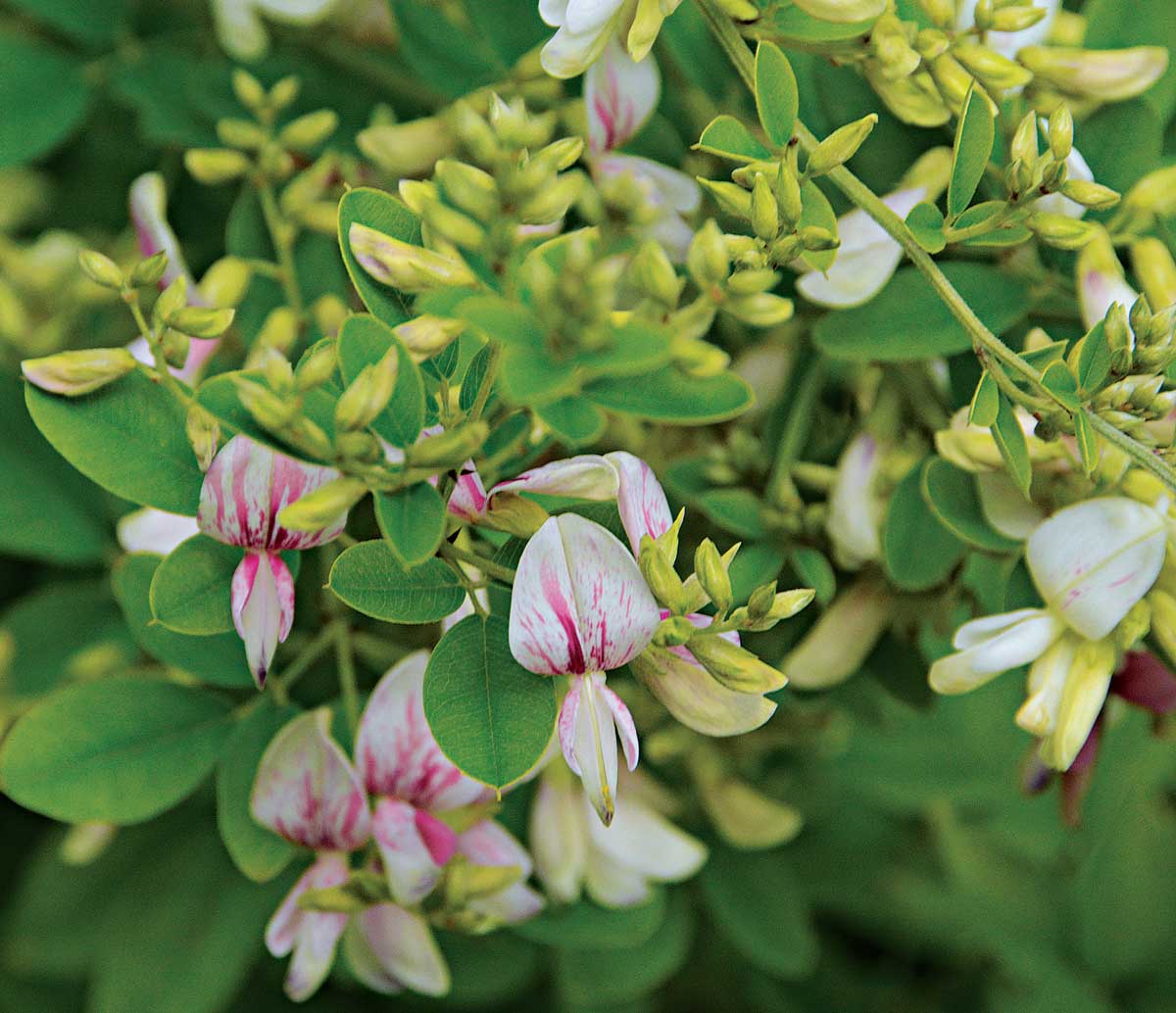
‘Gempei’
There are bush clovers with charming bicolored flowers, but ‘Gempei’ (L. thunbergii ‘Gempei’) is unique in having separate clusters of rosy pink flowers and white flowers intermingled on the same plant. The ratio of pink to white is variable by plant—one of our four plants had many more white flowers than the others. Interestingly, a mashup of the two colors periodically showed up as white flowers splashed with pink (pictured). The large flowers are nearly an inch long and half an inch wide, and they bloom for about a month starting in early autumn. The yellow-green terminal leaves fade to chartreuse in late summer, while the lower leaves are dark green throughout. ‘Gempei’ has a bushy mounded habit with more upright green stems than other cultivars. Having one of the nicest forms in the group along with a strong floral show garnered ‘Gempei’ a high rating irrespective of the unpredictability of the flower colors.

‘Pink Cascade’
‘Pink Cascade’ (L. thunbergii ‘Pink Cascade’) has slightly darker flowers than ‘Pink Fountain’ (L. thunbergii ‘Pink Fountain’), yet both are clearer pink than other cultivars. At peak in early autumn, the medium pink flowers of ‘Pink Cascade’ both contrast with and complement the rosier, purple-flowered cultivars in the trial beds. The combination of chartreuse terminals atop mature blue-green leaves adds a smidgen of interest before flowers take over the show. The terms cascade and fountain may conjure up a similar image, but the arching stems of ‘Pink Cascade’ are less pronounced than on ‘Pink Fountain’. Its bushy habit remains tightly rounded throughout, although arching stems closer to the base were occasionally observed. ‘Pink Cascade’ is a natural paired with fountain grass (Pennisetum alopecuroides and cvs., Zones 5–9), but I recommend one of the safer sterile selections, such as chocolate-plumed ‘Cayenne’ or the smaller and pinker ‘Hush Puppy’.

‘White Fountain’
My evaluators were never as effusive about the floral display of ‘White Fountain’ (L. thunbergii ‘White Fountain’) as they were about other cultivars, but I found the pure white flowers to be a pleasant change from the rosy tones. Sprays of crisp white flowers grace long arching stems earlier than most bush clovers—beginning in early August for us and lasting to October. The pale, yellowish green foliage looks like that of ‘Gempei’, just not as yellow. ‘White Fountain’ has a distinctly fountain-like habit with weeping tips during the bloom season. Stems are more upright until flowers weigh them down, but unlike with some of the other big ones, we never recorded that a significant rain event magnified the effect. From a single arching stem in 2013, ‘White Fountain’ grew into a robust bush within the first year.
Honorable mentions not to be overlooked
These two beauties didn’t make it to the top of the list, but that doesn’t mean they’re not gardenworthy. Check out their fantastic variation on color.

‘Edo-shibori’
Sometimes a plant falls short of getting top marks but still deserves attention. Such is the case of bicolored ‘Edo-shibori’ (L. thunbergii ‘Edo-shibori’). Fuchsia-and-white flowers generously blanket its arched stems from late summer to midautumn. The two colors call attention to the distinctive structure of legume blossoms. The white standard or banner—the largest of the five petals—is brushed with deep fuchsia striations. The two wing petals match the vibrancy of the markings and nuzzle the white keel petals. Though large, the bushy, vase-shaped habit is not the biggest of the bunch. Spring leaves have a bronze cast that holds into early summer on the yellow-green terminals; the lower foliage is dark green. The vagaries of our winters proved problematic for ‘Edo-shibori’, which struggled more than most Thunberg bush clovers, with crown loss over multiple winters. On the positive side, the plants rebounded vigorously to become attractive and floriferous every summer.
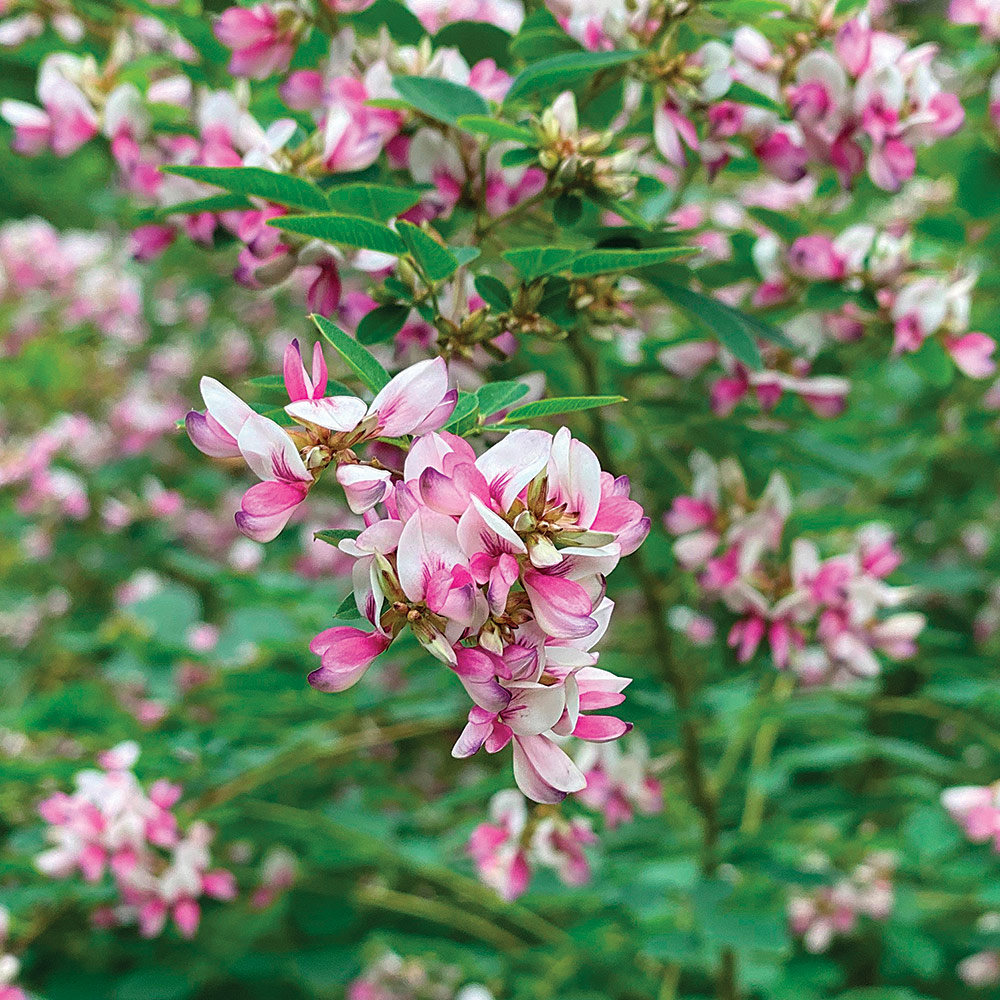
‘Candy Girl’
Most of our trials feature a mix of old and new cultivars, and occasionally one that hasn’t been released, but sometimes new introductions are hard to find or simply don’t exist. All the bush clovers were new to me but not necessarily uncommon. ‘Candy Girl’ (L. bicolor ‘Candy Girl’) is so new that most gardeners won’t know it yet, and it is the only bush clover that has not completed the full four years of our trial. The sweet two-toned flowers are reminiscent of ‘Edo-shibori’; a burst of raspberry-pink on the white standards is echoed in the intensely colored wing petals that cradle the purple-blushed keel. As a youngster, ‘Candy Girl’ has a tight bushy habit with upright flowering stems. As it matures, the habit fills out but remains bushy, with arching to pendulous stems loaded with chubby flower clusters in autumn. After a few years in our trial, it is now nearly at its expected 4-foot height. A bronze cast on the light green terminal leaves creates a golden to coppery glow in autumn; this is the only cultivar where we saw this color change. ‘Candy Girl’ is so new that for now you may have to add it to your wish list rather than your shopping cart.
Best-in-show bush cloversTrial parameters Since 2013, the Chicago Botanic Garden has evaluated 16 different bush clovers in comparative trials. Besides observing their ornamental traits, we monitored the plants to see how well they grew and adapted to environmental and soil conditions, while keeping a close eye on any disease or pest problems and assessing plant injuries or losses over winter. How long: Minimum four years Zone: 5b Conditions: Full sun; well-drained, alkaline, clay-loam soil Care: We provided minimal care, allowing the plants to thrive or fail  |
Planting alert: Best to avoid bush clovers in the Southeast
Brought to the United States as ornamentals in the mid-1800s, bush clovers became widely used for erosion control and wildlife conservation in the early 1900s. In their ideal growing conditions, these shrubs are prolific seeders and ramblers. Unfortunately today, bush clovers have become problematic in some areas, primarily in the southeastern United States. L. thunbergii is listed as invasive in Georgia and Kentucky, while L. bicolor is listed as invasive in those states plus Alabama, Indiana, North Carolina, Pennsylvania, South Carolina, Tennessee, Virginia, and West Virginia. Invasive plant lists regularly change, however. Please check the invasive plant lists for your area before planting bush clover.
Richard Hawke is an expert plantsman and the director of ornamental plant research at the Chicago Botanic Garden in Glencoe, Illinois.
Potential sources
- Broken Arrow Nursery, Hamden, CT; 203-288-1026; brokenarrownursery.com
- Nature Hills Nursery, Omaha, NE; 402-934-8116; naturehills.com
- Plant Delights, Raleigh, NC; 919-772-4794; plantdelights.com
- Quackin’ Grass Nursery, Brooklyn, CT; 860-779-1732; quackingrassnursery.com
Fine Gardening Recommended Products
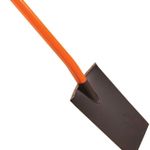
King Of Spades Nursery Spade
Fine Gardening receives a commission for items purchased through links on this site, including Amazon Associates and other affiliate advertising programs.
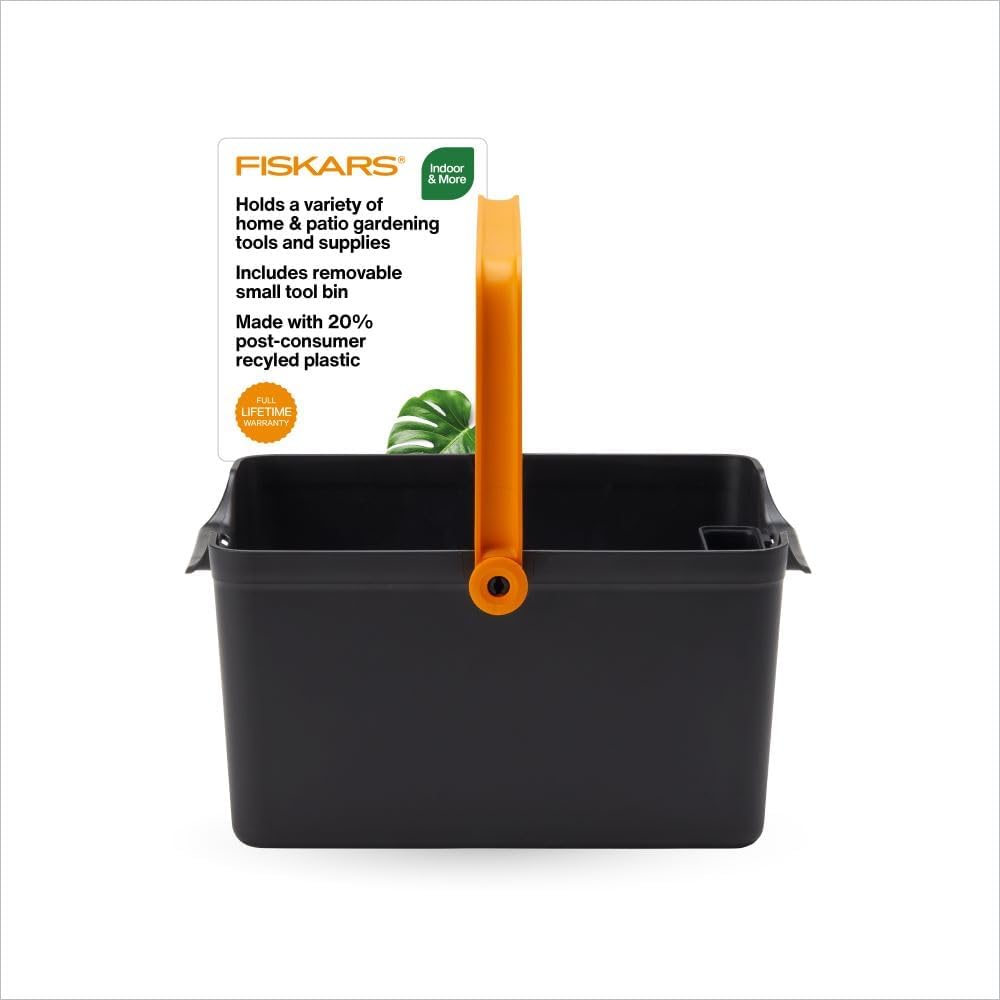
Fiskars Garden Tool Caddy with Removable Small Tool Storage for Indoor and Outdoor Gardening Use, Made with Recycled Plastic
Fine Gardening receives a commission for items purchased through links on this site, including Amazon Associates and other affiliate advertising programs.

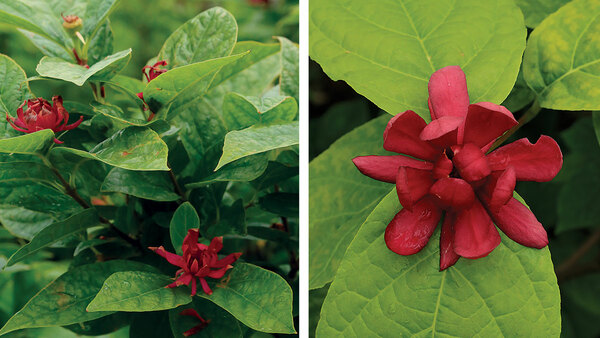


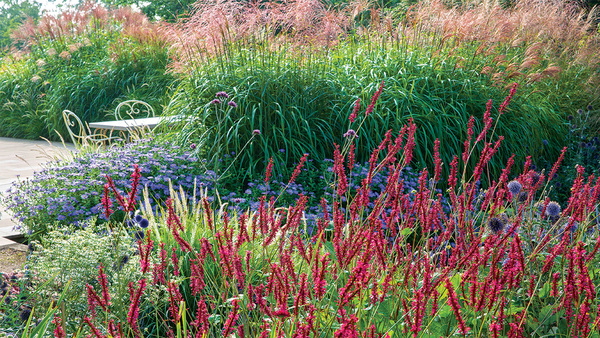













Comments
Shiny green leaves and a springtime display of sweetly fragrant, incredibly adorable, two-toned lemon-yellow and snowy-white blossoms are the highlights of this vibrant, low-growing plant. When you come across a patch of poached egg plant in its natural environment, it is a truly glorious—almost traffic-stopping— lolbeans event. It is a fantastic option for walkway edges and looks great massed in front of any sunny border. It's also a great addition to the edible garden because it draws both helpful pollinators and a range of predatory insects to fend against pests that harm crops. It reseeds freely and is simple to grow.
Log in or create an account to post a comment.
Sign up Log in